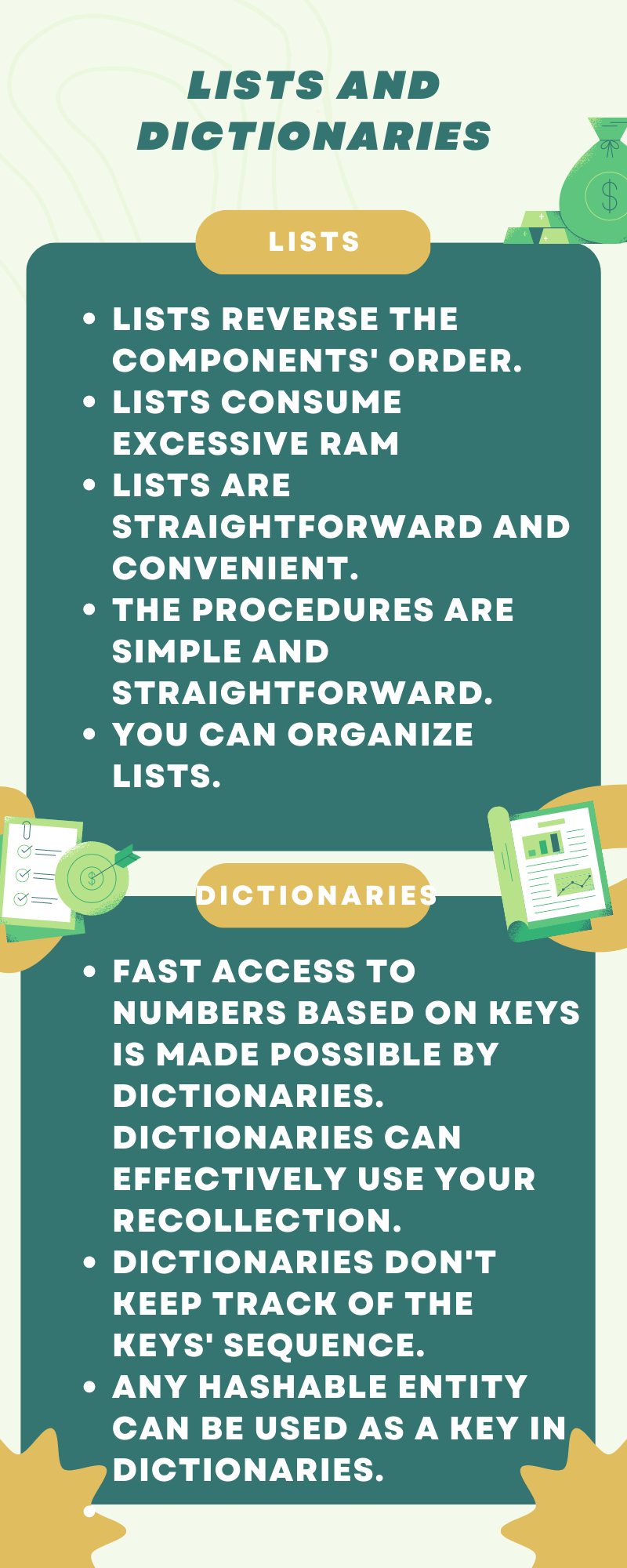Data Structures- Hashmaps, Sets, Hash Tables, Hashing and Collisions
Observing hashmaps with python dictionaries
- What is a Hashtable/Hashmap?
- What is Hashing and Collision?
- What is a Set?
- What do you notice in the output?
- Why do you think Sets are in the same tech talk as Hashmaps/Hashtables?
- Dictionary Example
- What data structures do you see?
- What can you change to make sure there are no duplicate producers?
- How would add an additional genre to the dictionary, like electropop?
- Pros and Cons of Hashtables
- Dictionary Vs List
- Own Album Using A Python Dictionary
- My Favorite Taylor Swift Song
What is a Hashtable/Hashmap?
A hashtable is a data structure that with a collection of key-value pairs, where each key maps to a value, and the keys must be unique and hashable.
- In Python there is a built in hashtable known as a dictionary.
The primary purpose of a hashtable is to provide efficient lookup, insertion, and deletion operations. When an element is to be inserted into the hashtable, a hash function is used to map the key to a specific index in the underlying array that is used to store the key-value pairs. The value is then stored at that index. When searching for a value, the hash function is used again to find the index where the value is stored.
The key advantage of a hashtable over other data structures like arrays and linked lists is its average-case time complexity for lookup, insertion, and deletion operations.
- The typical time complexity of a hashtable is O1, bc each key only has one value.
What is Hashing and Collision?
Hashing is the process of mapping a given key to a value in a hash table or hashmap, using a hash function. The hash function takes the key as input and produces a hash value or hash code, which is then used to determine the index in the underlying array where the value is stored. The purpose of hashing is to provide a quick and efficient way to access data, by eliminating the need to search through an entire data structure to find a value.
However, it is possible for two different keys to map to the same hash value, resulting in a collision. When a collision occurs, there are different ways to resolve it, depending on the collision resolution strategy used.
Python's dictionary implementation is optimized to handle collisions efficiently, and the performance of the dictionary is generally very good, even in the presence of collisions. However, if the number of collisions is very high, the performance of the dictionary can degrade, so it is important to choose a good hash function that minimizes collisions when designing a Python dictionary.
What is a Set?
my_set = set([1, 2, 3, 2, 1])
print(my_set)
lover_album = {
"title": "Lover",
"artist": "Taylor Swift",
"year": 2019,
"genre": ["Pop", "Synth-pop"],
"tracks": {
1: "I Forgot That You Existed",
2: "Cruel Summer",
3: "Lover",
4: "The Man",
5: "The Archer",
6: "I Think He Knows",
7: "Miss Americana & The Heartbreak Prince",
8: "Paper Rings",
9: "Cornelia Street",
10: "Death By A Thousand Cuts",
11: "London Boy",
12: "Soon You'll Get Better (feat. Dixie Chicks)",
13: "False God",
14: "You Need To Calm Down",
15: "Afterglow",
16: "Me! (feat. Brendon Urie of Panic! At The Disco)",
17: "It's Nice To Have A Friend",
18: "Daylight"
}
}
# Printing the dictionary
print(lover_album)
print(lover_album.get('tracks'))
# or
print(lover_album['tracks'])
print(lover_album.get('tracks')[4])
# or
print(lover_album['tracks'][4])
lover_album["producer"] = ['Taylor Swift', 'Jack Antonoff', 'Joel Little', 'Taylor Swift', 'Louis Bell', 'Frank Dukes']
# Printing the dictionary
print(lover_album)
lover_album["tracks"].update({19: "All Of The Girls You Loved Before"})
# Printing the dictionary
print(lover_album)
for k,v in lover_album.items(): # iterate using a for loop for key and value
print(str(k) + ": " + str(v))
def search():
search = input("What would you like to know about the album?")
if lover_album.get(search.lower()) == None:
print("Invalid Search")
else:
print(lover_album.get(search.lower()))
search()
# This is a very basic code segment, how can you improve upon this code?
# Allowing users to look for specific terms in the dictionary (such as album title, artist, year, genre, tracks, etc.) rather than just a single key will give the search function more utility. Use more detailed error notifications to explain to the user why their search was unsuccessful.
Hacks
- Answer ALL questions in the code segments
- Create a diagram or comparison illustration (Canva).
- What are the pro and cons of using this data structure?
- Dictionary vs List
- Expand upon the code given to you, possible improvements in comments
-
Build your own album showing features of a python dictionary
-
For Mr. Yeung's class: Justify your favorite Taylor Swift song, answer may effect seed
sreejas_favs = {
"genres": ["R&B", "Rap","Pop"],
"artists": ["Taylor Swift", "The Weekend", "Chase Atlanic", "Ariana Grande", "Drake", "Bad Bunny"],
"songs": {
1: "Willow",
2: "Midnight Rain",
3: "Save Your Tears",
4: "Can't Blame Me",
5: "Into You",
6: "WAIT FOR YOU",
7: "Middle of the Ocean",
8: "Me Porto Bonito",
9: "Bad Blood",
10: "Starbou",
11: "Blinding Lights",
12: "ESCORT",
13: "Sweet Nothing",
14: "Lavender Haze",
15: "Repeat After Me",
}
}
def print_sreeja_favs():
print("Genres:")
for genre in sreejas_favs["genres"]:
print(genre)
print("\nArtists:")
for artist in sreejas_favs["artists"]:
print(artist)
print("\nSongs:")
for number, title in sreejas_favs["songs"].items():
print(str(number)+'. '+title)
print_sreeja_favs()

